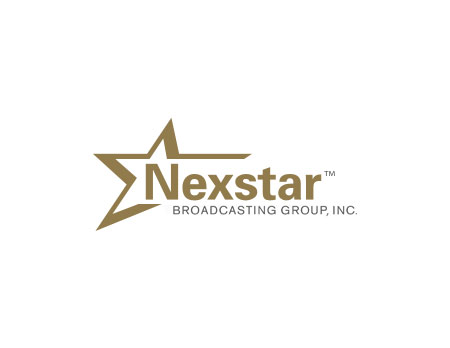Top TV Outlet Nexstar Makes Case for Streaming Dominance
Said FCC must remove ownership regs that hamstring broadcasters‘ ability to compete

The nation’s largest owner of TV stations, Nexstar Media Group, is making the case to the FCC that streaming has become the dominant entertainment video option for viewers, who are also relying more on digital options than broadcast TV for the news and information they need.
That came in comments this month on the Federal Communications Commission’s quadrennial review of its media ownership rules. Nexstar’s point is that the FCC needs to start looking at streaming video as a competitor to broadcast TV when it comes to whether legacy TV ownership regulations, particularly ones preventing broadcasters from owning two of the top-four rated stations in a market, make any sense.
But to make its point, Irving, Texas-based Nexstar, owner of 197 TV stations across the U.S., was making a strong case for why streaming is the new go-to video medium.
Also Read: Nexstar Dives Deeper Into Politics by Buying The Hill for $130 Million
“Streaming services now surpass broadcast television in terms of video content viewing,” Nexstar told the FCC, adding — in a position in stark contrast to broadcasters’ long-held view in Washington that they are the vital news source for local viewers — that “consumers are also increasingly turning to digital options for news, relying more heavily on electronic media than on television stations for information that is important to them.”
In the two years since Nexstar first asked the FCC to loosen broadcast ownership regulations, the company said, the trends toward streaming it identified have only accelerated, it told the commission. “While streaming services were a factor in the television ecosystem when Nexstar filed its comments, streaming video has exploded, its use accelerated by the COVID-19 pandemic,” it said.
Also Read: Nexstar Digital Launches Data-Driven Advertising Platform Stellar
In June 2021, according to Nielsen, streaming services had a greater share of “TV” viewing, with 27%, than broadcast TV at 23%, Nexstar said. Netflix was the most popular TV programming service, beating all of the Big Four broadcast networks, Nexstar argued, which have responded by moving some of their high-value content to streaming platforms. “Streaming platforms operated by the major broadcast networks, such as Hulu, Paramount Plus, Peacock and ESPN Plus, make network entertainment programs available within a day of their airing on local network affiliates and are even offering live sports simultaneously or exclusively via streaming,” the station group pointed out. ”This diminishes the value of local broadcasters by decreasing the need for even loyal viewers to tune in and watch programs when they are first broadcast on network affiliates’ television stations.”
Nexstar also argued that digital ads have “inherent advantages over broadcast television and other traditional media in terms of audience targeting and return-on-investment metrics” that make online media a direct competitive threat to the ads that support free local over-the-air TV, whose continued viability the FCC has a public interest mission to support.
Nexstar’s goal, of course, is not to bury broadcasters, but to save them.
“It is unthinkable to consider that in this environment, the federal government continues to constrain over-the-air television broadcasters — and only such broadcasters — to owning, at most, two full-power television stations in a market and, in the vast majority of markets, only one.”
The smarter way to stay on top of broadcasting and cable industry. Sign up below
Contributing editor John Eggerton has been an editor and/or writer on media regulation, legislation and policy for over four decades, including covering the FCC, FTC, Congress, the major media trade associations, and the federal courts. In addition to Multichannel News and Broadcasting + Cable, his work has appeared in Radio World, TV Technology, TV Fax, This Week in Consumer Electronics, Variety and the Encyclopedia Britannica.

